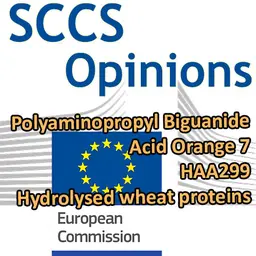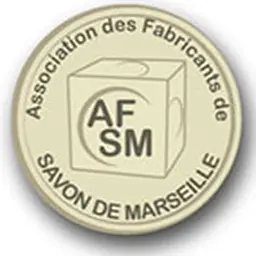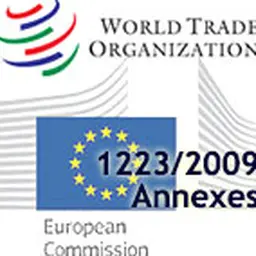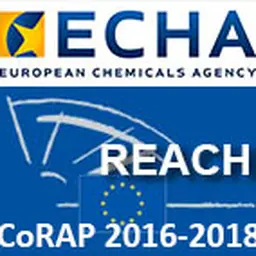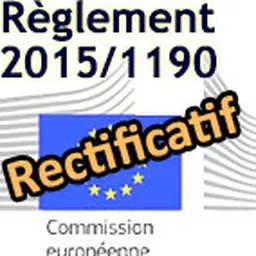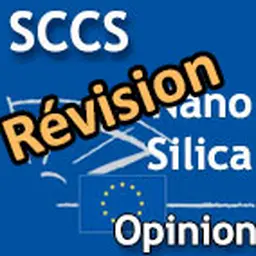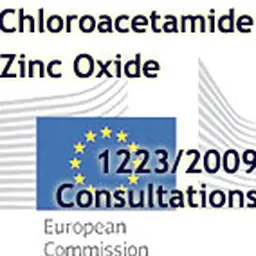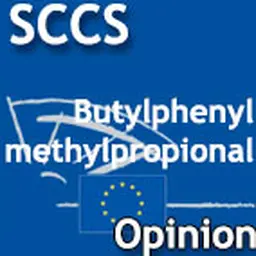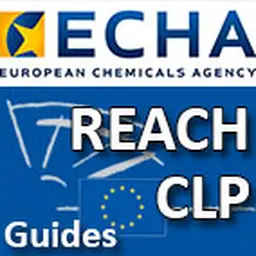![HAA299 [nano] : Nouvelle demande d'Opinion au CSSC](https://d2aabgjce9enf.cloudfront.net/main/media/content/9/5/95ccd87c8d2d9da386439fe5743fd5412ec78373--md-noborder.webp)
The nano UV filter HAA299 (Bis-(Diethylaminohydroxybenzoyl) Piperazine) will be subject to a new safety assessment by the SCCS. The request has been made by the European Commission and was published on 2 November 2020. The Scientific Committee accepted this mandate at its plenary meeting on 27-28 October 2020.
Background
HAA299 (nano) with the chemical name “2-(4-(2-(4-Diethylamino-2 hydroxy-benzoyl)-benzoyl)-piperazine-1-carbonyl)-phenyl)-(4-diethylamino-2-hydroxyphenyl)-methanone” and INCI name “Bis-(Diethylaminohydroxybenzoyl Benzoyl) Piperazine” (CAS 919803-06-8) is a cosmetic ingredient with the reported functions of UV-filter. Currently HAA299 normal form and nano form is not regulated under the Cosmetic Regulation (EC) No.1223/2009.
In 2009, Commission’ services received a dossier from industry to support the safe use of HAA299 (micronized and non-micronized) in cosmetic products, which was further substantiated with additional information in 2012. In its corresponding Opinion (SCCS/1533/14), the SCCS concluded that “the use of non-nano HAA299 (micronised or non-micronised, with median particle size distribution around 134 nm or larger, as measured by FOQELS) at a concentration up to 10% as an UV-filter in cosmetic products, does not pose a risk of systemic toxicity in humans.”
In addition, SCCS stated that “[the Opinion]… covers the safety evaluation of HAA299 in non-nano form. The Opinion does not cover the safety evaluation of HAA299 which is composed of nano particles” and highlighted that “[the Opinion]… does not apply to inhalation exposure of HAA299 since no information on chronic or sub-chronic toxicity after inhalation is provided.”
With the current submission, received in September 2020, and in view of the previous SCCS Opinion …

